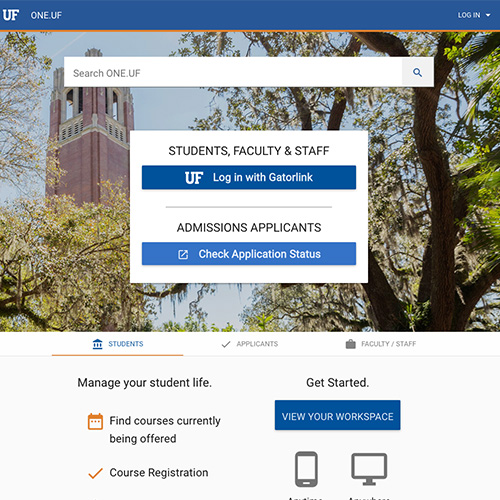FEAP 3b.- Deepen and enrich students’ understanding through content area literacy strategies, verbalization of thought, and application of the subject matter.
Printable Version (.pdf)
|
UNSATISFACTORY |
DEVELOPING |
ACCOMPLISHED |
EXCEPTIONAL |
| When introducing new content, the teacher states, “We will be studying World War II” then proceeds to pass out an article for the class to read.
After completing their required reading, students are assigned a worksheet to complete and turn into the “Completed Work” basket. Teacher says, “This is a picture of symmetry…now we will make symmetrical butterflies.” Students are instructed to “fill-in-the-blanks” in a reading assignment and are given a word box. |
The teacher gives students questions to guide their preview of new content. (M)
Students are asked to use “Think-Pair-Share” to compare their definitions from a preview assignment. After completing their required reading, students are asked to complete and share responses from their worksheet with a peer before turning into the “Completed Work” basket. Students are asked to write a narrative analyzing how particular elements of a story interact. Teacher says, “Edit your narrative to be sure the conclusion reflects what is experienced over the course of the narrative.” Teacher sings a song about the colors of the rainbow. Teacher shares pictures of butterflies and asks class to raise their hand if the wings are symmetrical.” |
The teacher incorporates preview of new content for a large group Jeopardy game. (M)
Students are asked to work collaboratively to create a new title for their assigned reading. Students are asked to work in an assigned group to write five prepositional phrases. Everyone is required to take notes during the teacher’s lecture. The teacher created a menu with ways her students can choose to learn about cloud formations. (D) After describing the assignment, the teacher told students they could choose their working partners. (D) Students are asked to discuss how particular elements of a story interact and then write a narrative analyzing the story. Teacher asks students to choose a peer to exchange papers with and “edit the narrative to be sure the conclusion reflects what is experienced over the course of the narrative.” Teacher shares mnemonic ROY G BIV to help students remember the colors of the rainbow. Teacher says, Use probability to decide what the odds are of the student’s name being chosen randomly to answer a question. Teacher says, “Look at the butterflies on the board and with choose one with symmetrical wings to copy.” |
Teacher has students preview new content by generating preview questions. (M)
Teacher breaks content into “’digestible bites” by doing a jigsaw activity for introducing Battles of the Revolutionary War. (M) Teacher has students do “quiz-quiz-trade“ to practice vocabulary introduced for a new AP history unit. The teacher provides a partial outline for her students to complete during the teacher’s lecture. (D) The teacher asked students to evaluate their own effectiveness during their cooperative group. (D) When grouping students, the teacher uses clock partners, drawing a card or student choice regularly. (D) Students are asked to work collaboratively to create a new ending for their assigned reading. Students are assigned to a group and asked to edit five prepositional phrases to make them more descriptive. Teacher says, “I want you to read one another’s papers and ask clarifying questions on their perspective of how particular elements of a story interact. Teacher asks students to choose a peer to exchange papers with and “write a new conclusion reflecting what is experienced over the course of their narrative.” Teacher asks students to create their own mnemonic to help them remember the colors of the rainbow. Teacher says, “Analyze the decision to pull the hockey goalie at the end of the game.” Teacher says, “Discuss with your partner what you need to consider so you can make a butterfly with symmetrical wings.”
|
Where noted, examples based on:
“(D)” – Danielson C. (1996). Enhancing professional practice: A framework for teaching.
Alexandria, Va: Association for Supervision and Curriculum Development.
“(M)” – Marzano, R. J. (2007). The art and science of teaching: A comprehensive
framework for effective instruction. Alexandria, Va: Association for Supervision and Curriculum Development.
Resources:
Effective Questioning
Reading strategies to help high school students and middle school students understand their textbooks
http://www.ernweb.com/public/1056.cfm
Content Area Literacy Guide
http://score.rims.k12.ca.us/score_lessons/content_area_literacy/
Cooperative Learning strategies
http://ethemes.missouri.edu/themes/1746
Visualization and Verbalization of Thought:
http://chs.smuhsd.org/learning_community/content_literacy/reciprocal_teaching.html




